|
Wow, just wow it's already March 2018 and things are in serious need of an update around here. First we’d like to offer a belated Happy New Year to everyone following this blog as well as all new Must Bee Kiddin’ Farm customers and friends. As we hang a new 2018 calendar on the wall it's hard to believe we’re heading into our fourth year on Must Bee Kiddin’ Farm. It’s sometimes hard to wrap our heads around that this farming journey started over three years ago, but we've come so far and yet have so far to go. Something we have to remind ourselves is that this is a marathon and not a sprint. It is hard when things get going fast and furious. The life cycles come and go, ebb and flow with every honey harvest, goat kid born and peep from a newly hatched chick. Yes, the days come and go, but the cycle always renews. Living this rhythm so close to nature, grounded, it's easy to forget the virtual world. Not such a bad thing and probably one of the primary reasons we started our farming journey. Time really does fly when you’re having fun, and we both can honestly say that we’re having a great time building Must Bee Kiddin’ Farm and meeting so many other people along the way. Nothing beats the satisfaction we get from contributing to the expansion of our locally grown food network and making locally bred and adapted livestock available to others in our county’s agricultural community. We enjoy meeting so many others that share this passion for getting closer to their food production and supporting a healthy and humane food production system. If you’re a new MBK Farm customer or friend and are finding this farm blog for the first time, thank you and we hope you enjoy. So for a little update, 2018 started rough. After finishing a wonderful holiday season and looking forward to getting back to work on the farm we had a pretty significant setback. We spent January building good momentum on clearing a new section of Must Bee Kiddin’ Farm in order to build a buck goat holding area. Things were going smoothly until January 25th. Yep, this was the day a negligent driver careened off the blacktop road paralleling the farm’s front fence, knocking the front ten acre perimeter fencing out of production for the next twelve days. We are happy to report no serious bodily injury occurred to human or livestock, but such a sudden event of that proportion does tend to kill momentum. Needless to say, the buck pen is still under construction. That’s how 2018 started for us on Must Bee Kiddin’ Farm and we hope all y’all are having a better start to your 2018. Sure, there’s more adventure and high jinks to our 2018, much too much for a single blog post reveal. Again, Happy New Year, we hope you check back for more farm fun.
0 Comments
I don’t think we have ever really written about one specific goat on our blog before. The story I am going to tell is about a 3 day old goat (who is now 9 days old) that has had more adventures than the majority of our herd put together – unless you count the original 6 and their free range escapades when they arrived at Must Bee Kiddin’ Farm. Recently we purchased the adjoining 10 acres. It is now fenced and there are a set of gates that connect the two properties. The new property is dense and difficult to navigate – perfect for goats – not so perfect for humans! The plan we are executing is to hold the goats overnight on the original property (behind electric net fences, as always) and then let them onto the new property during the day so they can have the all you can eat option. This will free up a bunch of time for us to do other projects and focus on some very important goals we want to achieve. While it’s only been a few days, this new set up has been working very well. Then a goat had a baby. This little dude, who we have starting calling Dunk, was born on the afternoon of Tuesday, January 31st. His first couple of days went well. Baby goats sleep a lot and they are pretty unsteady on their legs until about 5 or 6 days. It’s hard for them to keep up with the herd, especially so when there is 10 acres at their disposal to free range and wander about. Goat Maa’s also tend to stash their kids in “secure” places to keep them from becoming a victim of predation. We have our goats conditioned to meal times. They get a morning ration and an evening ration. On Thursday, they were called for their evening ration and when Mark did the head count the newest member of the herd was missing. This isn’t totally unusual, but normally their Maa’s call for them and they come back. Well, that didn’t happen. Mark fed the goats and the goat Maa kind of called for her kid, but he never came back and he didn’t answer. In farming, you have to weigh your options. Sometimes the decisions are easy to make, and other times the decisions are harder. Mark looked for Dunk until well past sunset and the dark crept in. He’s small, he’s brown, he’s quiet – there really was no hope of finding him on 10 dense acres. Mark made the decision to let it play out overnight and see what the morning brought. The natural instinct of a goat when darkness settles in is to hunker down, shut up and sleep. There are coyotes and bobcat in the area around our farm, and we’ve seen both very close by the fences. While we would be shattered over losing the little guy, the greater risk and possible loss of the majority of our herd would be far worse and more devastating financially, so he locked the gates, closed up the net fence, put the electric on and hoped for the best. Mark arrived at the farm just as dawn was breaking. The little guy hadn’t shown up yet and his Maa seemed to be more interested in her breakfast and foraging. She’d call out, but there wasn’t any answer. Mark spent over an hour looking for the littlest goat, and just when he started to think that things were looking grim he sent me a text that he found him. ALIVE! What the… He wasn’t injured and he was a little cold, but nothing a warm breakfast of milk couldn’t remedy. Life seemed great in the goat herd for the remainder of the day. Then it was time to put them away for the night. Guess who didn’t make an appearance? Again. Yup. Dunk. Mark looked until dark again, and called it another night. This was starting to get tiresome. It was another early morning on the farm Saturday. Two sets of eyes spanning out and looking for the tiniest goat in the herd. We must have walked in circles for almost an hour when Mark came up with the idea to look for him grid-style. Tucked away, in the crotch of a fallen tree, under a palm frond Mark found our little Dunk. Sound asleep. Really kid? I was determined to make sure that kid spent the night with his herd that night, so we took over Nanny Duty for the day. He was a cuddly little dude and didn’t seem to mind the attention. When we left the farm on Saturday night, he was right where he was supposed to be. His Maa got the hint and kept close to him on Sunday, so we were able to get some real farm work done and his streak of sleeping in safety increased to two nights. It’s too soon to tell what the future holds for little Dunk. He’s pretty special because he was the first goat born on the new property and he survived three (three? keep reading to the end) nights all alone on 10 acres without his herd. He’s also a male and could become a great herd sire to another farm or provide a family a freezer full of dinners (we are a farm here, not a petting zoo, ya'll) or just maybe he could be wethered and remain on Must Bee Kiddin’ Farm for years to come. We’ll just have to see how this plays out.
Post Script: After writing this, early Monday evening I was informed that young Dunk, less than 10 days old, made the decision that he would spend a third night alone on the 10 acres. The next morning though, when the pans were banged and the goatie call to breakfast rang out, he came a hollerin’ for milk and his Maa! Post Post Script: Dunk spent Tuesday night with the herd and I’ve just heard he’s going to do the same tonight. Maybe he’s just slow to catch onto the herd concept? There are no days off when it comes to farming. Farm life doesn’t stop because of a holiday. One of the final discussions we had before we signed those closing papers over two years ago was the one about vacations and holidays. Vacations from my town job would be spent on the farm, and the mere idea of getting away for just a long weekend would be years down the road. We both agreed and we both have stuck to that.
The care and safety of our livestock is needed daily. They depend on us for food, water and a safe place to live. If we neglect them, even for just one day, we could lose so much. Sick days? Nope. Farm life goes on. Sick relatives? Not a chance. Keep farming. This was something we had happen last summer. Farm life continued, albeit at a slower pace and just the basic needs were taken care of so that we could spend our evenings with our sick loved one. Thanksgiving? Christmas? Easter? Birthdays? No, Negative, Denied, Thumbs Down. We still celebrate, but the farms needs come above everything. We have kidding season starting the week of Christmas – this could be fun! We have been able to find balance, and while it’s not easy sometimes, it’s working. Yesterday was Thanksgiving. We were hosting dinner for our families, so I stayed home and cooked while Mark went to the farm and did the morning chores. Dinner was served on the early side, and terminal conversations began around the time we needed to head back out for evening chores. It was much more polite than telling the family to get out. We went back to the farm and got things closed up together. Which brings me to family - they understand. They go along with the crazy dinner times and being rushed out the door. A bribe of fresh eggs helps. Have we missed out on events? Absolutely. While we both wish we could do more fun things and spend time with friends and more time with family, we know that our upfront sacrifices we are making will pay us back 10-fold in the future. It’s hard to say no when a friend invites you to dinner or to watch a football game, but you have a huge farm project that can’t be put off. You hope they understand, and you finish your project. The future has us living on our farm. Definitely sooner now, rather than later. Once that happens, life will get easier and we’ll have the ability to free up more space for off the farm fun. Who know? Maybe we’ll hire some help and fly away for a weekend…someday. Let there be no doubt that hurricane season 2016 has been a bit of a stress test for us at the farm. On September 2, 2016 Hermine made landfall as a category one hurricane and trimmed us pretty good at the farm. Hermine made landfall in the Florida Panhandle which meant we were in the southeast quadrant of the hurricane. Storm surge flooded the local town of Crystal River to the point that there was at least two feet of standing water on main street. Local business owners felt the pain through the flooding of their pubs, restaurants, gift shops and more. Wind, rather than flooding, was the main issue for us at the farm. Here's a look at what hurricane Hermine served up for us at Must Bee Kiddin' Farm. As I write this it’s six o’clock and the shadows outside the window are already growing. We’re less than a week into autumn and you can feel darkness lurking well before sunset. Since I was a child, autumn’s arrival has always been a little bittersweet. Fall meant back to school, but also meant the snapping pigskin of Friday night football games. As I’ve grown older and my pass times have gotten less physical and more refined; autumn now means the lithe and delicate palate of white wine season’s Rieslings and Sauvignon Blancs must soon yield to the peppery zing of Shiraz, bold Red Zins will now have their day and the soulful, full-body tastes of Cabernet are embraced with evening's chill. Now, summer is in the rear mirror, no longer waning--it’s gone. The oaks in the front lawn cast shadows that stalk the front door to the house as I pass through them on my way to the supper table. Here, in Central Florida, autumn's sweetness is accompanied by less humidity and cooling weather. This means Thor’s hammer is a little less fierce and sings less and less each afternoon and will soon fall silent. Soon, but not yet. Yes, we are cooling off a bit here in Central Florida, but we also must remember the heart of hurricane season is upon us. It seems the later into September and October we get, the tropical activity throws fits. The long, hot days of summer have left their mark in hotter Gulf temperatures which can grow otherwise harmless tropical activity into mighty hurricanes. It’s still hurricane season and I must keep reminding myself of this when I see those evening shadows at the base of the old oaks creeping across the front lawn. This year at Must Bee Kiddin’ Farm Mother Nature served up our first official hurricane. Hermine made landfall as a category one hurricane on September 2, 2016. So, before we get too far past summer’s dog days and the annual snowbird migration descends, I’d like to share Hermine's wrath on Must Bee Kiddin’ Farm. 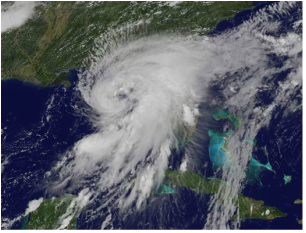 Hurricane Hermine Landfall Hurricane Hermine Landfall When hurricane Hermine made landfall as a category one, we found ourselves in the southeastern quadrant of the storm. This is often the worst area for tidal surges and wind damage. I’m happy to report that all of us at Must Bee Kiddin' Farm and our Florida extended family members rode the storm out safely, but that’s not to say we didn’t take some damage. In our previous post, Hermine Hangover, you can get a feel for some of the damage. So, to complete the hurricane Hermine experience for those that follow the both feet in blog from places outside Florida, we’ll post the video accounting of hurricane Hermine. Once we got a feel for hurricane Hermine and where in the landfall target zone we were situated, we started making preparations. We’ve been building Must Bee Kiddin’ Farm for two years now and it’s always a bit scary to know Mother Nature can serve up a dish that can possibly undo everything you’ve built. Thankfully, Hermine was a relatively tame category one hurricane. Personally, I’m a big fan of taking things low and slow (especially in these days of graying hair) and I appreciate Mother Nature taking it easy on us for starters. So, let’s get this hurricane party started...//mr We chose to start our farm for many reasons, but the biggest one was because of food. A few years ago for Christmas dinner I cooked a pork crown roast. The herbs were fresh and the meat was cooked to perfection. It smelled amazing, but it tasted awful!! It was flavorless and lacked any depth. It was at that moment, that I knew I wanted to grow my own food someday. We started our farm with goats – mainly to clear our land and sell. This fall we will eat one. We naturally progressed to chickens. Hatching and raising our own heritage birds to about 16 – 18 weeks and eating them has us hooked. I can honestly say that we have not bought grocery store chicken to cook since last November. Young, tender heritage breed roosters have the most amazing taste. There is depth and flavor and a substance to this meat that no matter how good of a cook you are you will not achieve the same taste and flavor with mass produced, inhumanely treated, steroid laden and antibiotic injected commercial birds. It is not possible. The weather recently turned cooler here in Central Florida and the feel of autumn is in the air – it was 68 degrees one morning last week!! Seriously though, the shadows are growing long, the chickens go to roost easier (sometimes), and the body is starting to crave heavy comfort food. We decided to invite one of our meanest roosters to dinner. He didn’t realize at the time, but he would be the centerpiece of the day. He was a big, beautiful bird, but his disposition was worse than cranky and he couldn’t be trusted. I bear a scar on my hand from him. Roosters that grow up don’t really cook as well as the young ones. I would never waste the meat, so I had to come up with a way to cook the rooster that wouldn’t send us into too much jaw pain from chewing. The light bulb switched on – coq au vin! It’s timeless, it’s easy, and it makes even the worst cook look like she should have her own cooking show. The taste is out of this world. For this coq au vin recipe I used a fusion of recipes found on blogs and online cookbook sources. I tried to stay true to the most famous coq au vin recipe of all, Julia Child’s, but because of being away from home most of each day, I chose to use the slow cooker. There’s a lot of up front work prepping coq au vin, but the payoff makes it all worth it! Coq au Vin
Ingredients: Whole chicken, cut into parts pearl onions, peeled and halved (frozen work just fine) carrots, peeled and cut into chunks mushrooms bacon couple cloves of garlic, minced chicken stock red wine fresh thyme Bay leaf olive oil salt and pepper Cooking Method: Cook bacon in skillet and break into small pieces, set aside In bacon grease, brown your chicken parts on all sides, set in crock pot In same pan, add garlic and a little olive oil, brown your veggies, add to crock pot on top of chicken Add a little broth, some red wine and a couple tablespoons of tomato paste to pan, reduce while scraping all the cooked on goodies from the bottom of the pan salt and pepper Pour over your chicken and veggies in crock pot Lay thyme on top and tuck your bay leaf under the veggies Let cook on medium for about 5 hours or until the chicken is falling off the bone. I served this over homemade egg noodles, but would be great with mashed potatoes Our little broody hen, Merica, proved to us that embracing her broodienss was a wise decision. Our broody hen was unflappable in her desire to become a mother to some chicks. Trying to break her broodiness quickly became a tiresome task that was totally unnecessary. There is nothing like watching a broody hen and chicks take off across the farm in search of fresh scratching ground. It is hard to name one scene that exemplifies the simple joys animal husbandry has to offer, but a broody mother hen and chicks has to be up there. A brooding hen has certainly proved to be a welcome addition to Must Bee Kiddin' Farm and now something we fully embrace. Our broody, Merica, proved to be a great mother with fantastic instincts. This is part two of Operation Mother Merica. Here we follow the broody hen and her chicks as they get a bit bigger. Merica shows us how keen her watchful eyes and ears are when it comes to her chicks. She's proven to be a great broody hen that can take a clutch of eggs all the way to chicks and get them off to a great start on Must Bee Kiddin' Farm. Operation Mother Merica: Part 2Hurricane Hermine churned and bobbled in the Caribbean and Gulf of Mexico for Wabout 13 days before she decided what she wanted to do. All eyes were on the weather, almost hourly, because we were situated on what would be the south east quadrant - which is not the best spot to be. As we have said before, we don't live on our farm yet. We are a short distance away, which made for a sleepless night for at least one of us (the other slept like a rock because HE knew he would be the first to arrive at the farm and start dealing with the potential damage).
At our home, Hermine showed just what she was made of about 2:00 am Friday morning. The wind howled and the rain was sideways for about 2 solid hours. When daylight came, the damage to our immediate neighborhood was not horrible. Must Bee Kiddin' Farm came out okay, but not unscathed. There were about 5 trees down on our fence, and countless trees down in the interior of the property. My employer was kind enough to let me leave early on Friday so that I could help clean up and get the fence line cleared. As for the livestock - well, we are thrilled to report that we have Category 1 Hurricane Proof goats and chickens. We are very lucky. No losses of coops, interior net fences or loss of livestock life. We are still cleaning up, and will be for a while, but we are very grateful. Yes, there comes a time when feeding hay becomes a necessity. Periods of drought are the typical periods most people can easily think of when it comes to feeding hay. But, sometimes the weather swings in such a manner that the economics of feeding hay during the green season makes sense also.
Whether it's seasonal or for holding animals for longer periods of time in certain areas, hay feeding is a fact of the farming life. At this time in our area of Central Florida most hay farmers are looking at the reality of a fourth hay cut this year. This weekend our county is looking down the barrel of a possible tropical storm or hurricane. Ummm, lots of rain either way. These conditions mean that moving our herd into a holding area and feeding some hay while we let the rest of the farm's forage rest and stockpile is a sensible decision. This means we can let the areas we seeded last year mature a bit more before moving the herd across them. It also means we can let the browsed woods soak up all that impending moisture and put a bit more leaf on. Goat farming with heavy browse calls for much different management than grass pasture management. With hay farmers looking at the reality of a fourth hay cut this before Thanksgiving, grass is plentiful and prices are falling. Economics 101; supply and demand Importing plentiful grass from off-site sources while letting our browse rest and stockpile seems to be the right call at the present time. Again, this is all good news for us at Must Bee Kiddin' Farm while the reality of tropical storm activity has hay farmers shaking their heads. Most of the hay barns are bursting at the seams with second cut hay, whole third cut hay lots still sit in the fields with no available cover. Now, all those round hay bales are getting wet with rain. Those rounds were horse hay, but since being kissed by rain are now cow hay. So, what's all this mean? Well, horse hay sells for $60 per roll and cow hay, $35. Yep, our goaties like their fair share of hay. At current prices...what my goaties want, my goaties get. Who needs Vegas when you're a farmer!?! The Must Bee Kiddin’ Farm poultry division is now in full flight. The chicks that arrived in mid April will soon be to the point of lay and the hatch we incubated in July has moved from the brooder to range. The first assessments of cockerels from the April chicks have been done and this past weekend we actually processed the first five birds that didn’t make the cut. We’ll be dining on some fresh free-range birds over the coming weeks, yummy! 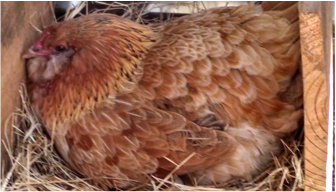 In addition to the April chicks that will serve as our starting seed stock and the conventional incubated hatches of June and July, we had a poultry first. Must Bee Kiddin’ farm had its first successful broody hen become a mother. Although we initially tried discouraging her broodiness, the hen’s persistence convinced us to green-light her motherhood. Our hen, Merica was the first successful broody to become a mother on the farm. As stated, we tried breaking her broodiness, but it was just easier to let nature take its course and let her fulfill her mothering dreams. The whole experience was very positive and we look forward to employing more broody hens to do some of the hatching work on the farm in the future. 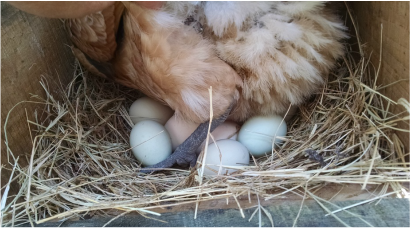 Merica performed like a true pro. She earned her keep and proved her mothering skills were well up to the task. We placed nine eggs under her and she hatched a total of six chicks. All the chicks were hatched out in the field on the farm where Merica also raised them. Merica took great care of her clutch and raised those little fuzzies up right. From day one she had them out on range scratching and pecking. Operation Mother Merica, the name we christened this first broody hen experience with, went off without a hitch. We captured the highlights of Operation Mother Merica and put together a two part video on Must Bee Kiddin’ Farm’s first broody hen becoming a mother hen. Take a look and watch nature find its way and Merica’s broodiness run its course all the way to motherhood. Without further ado... Operation Mother Merica: Part 1 |
About UsIn 2014 a couple of 40-somethings decided to make a change. The purchase of 10 raw, pine scrub acres along Florida's Nature Coast started it all. This is that story. Archives
March 2018
Categories
All
|
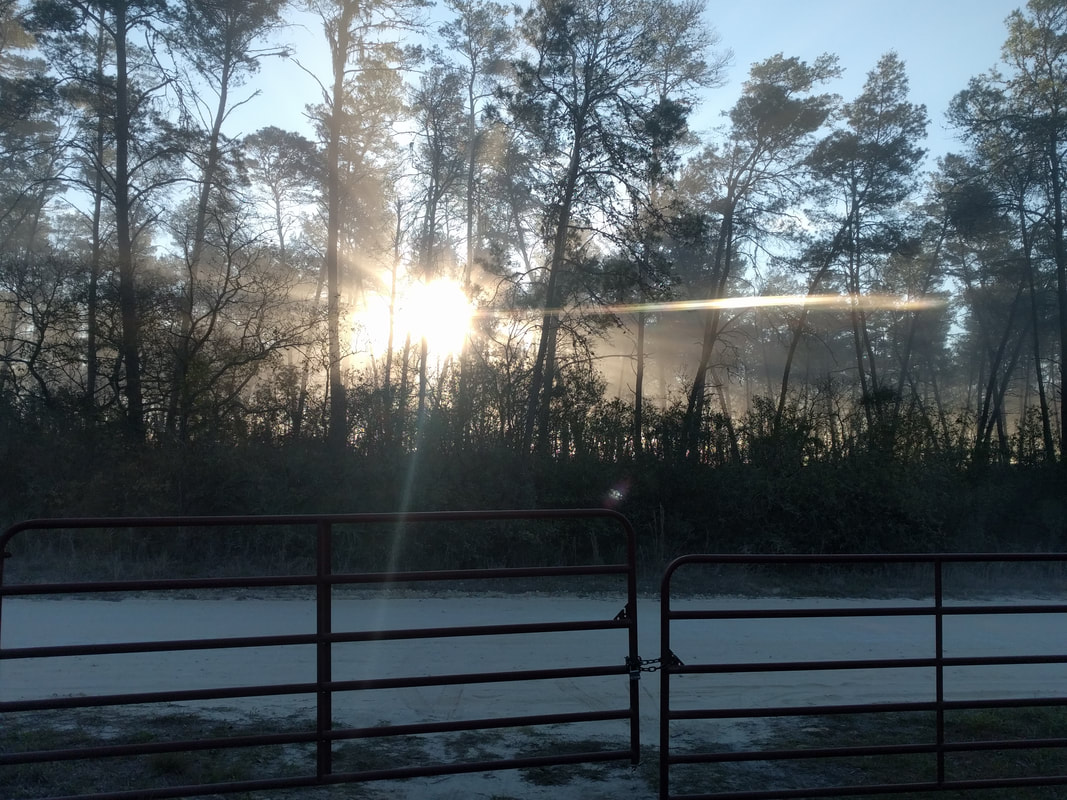
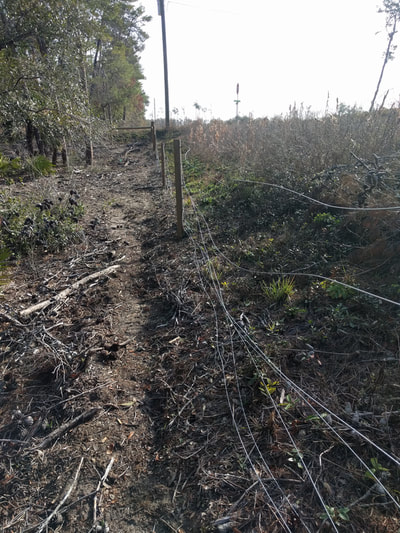
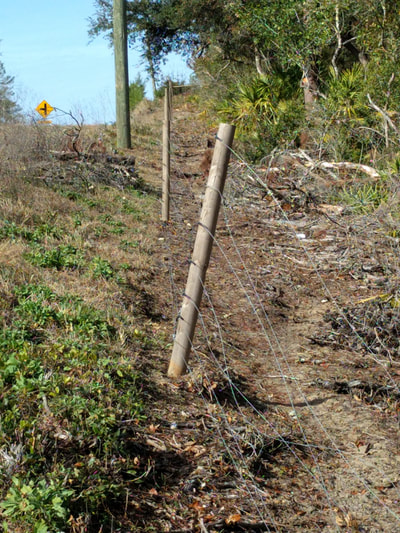
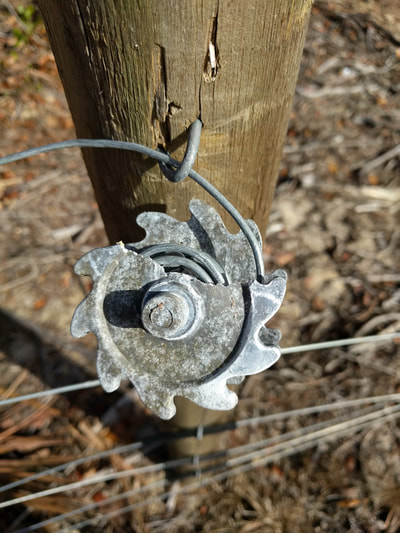
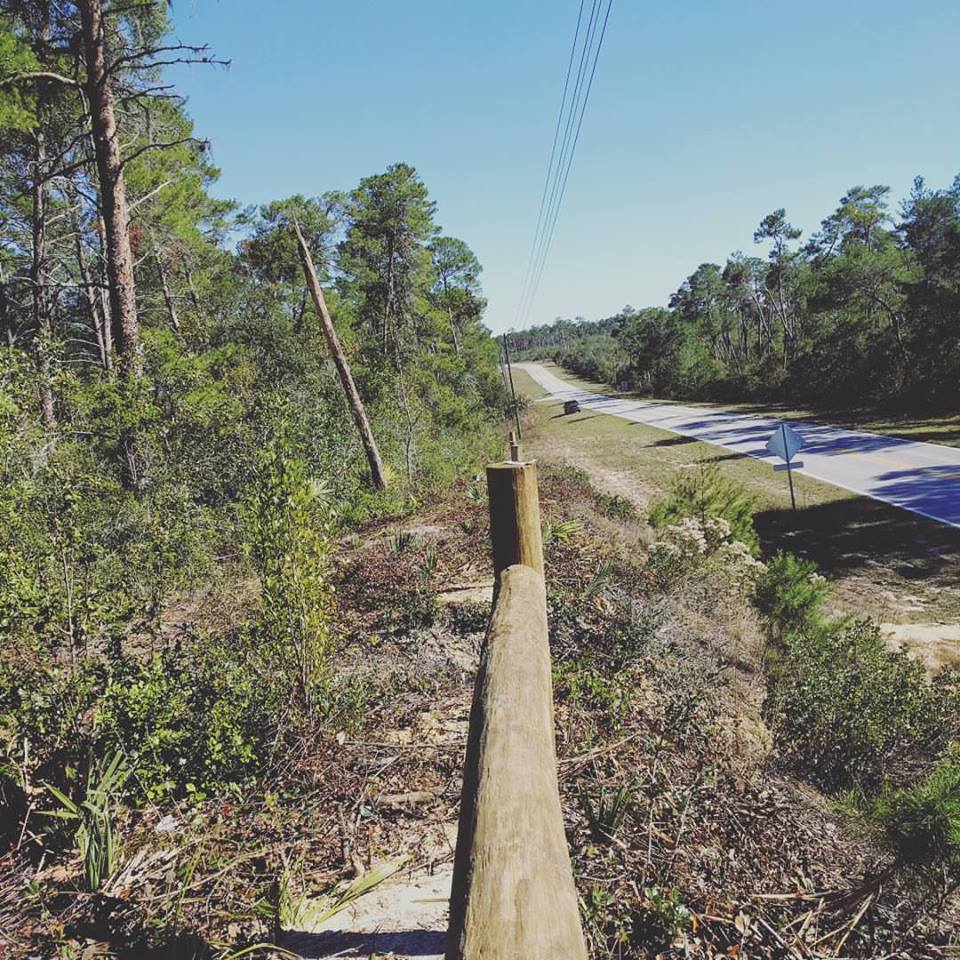
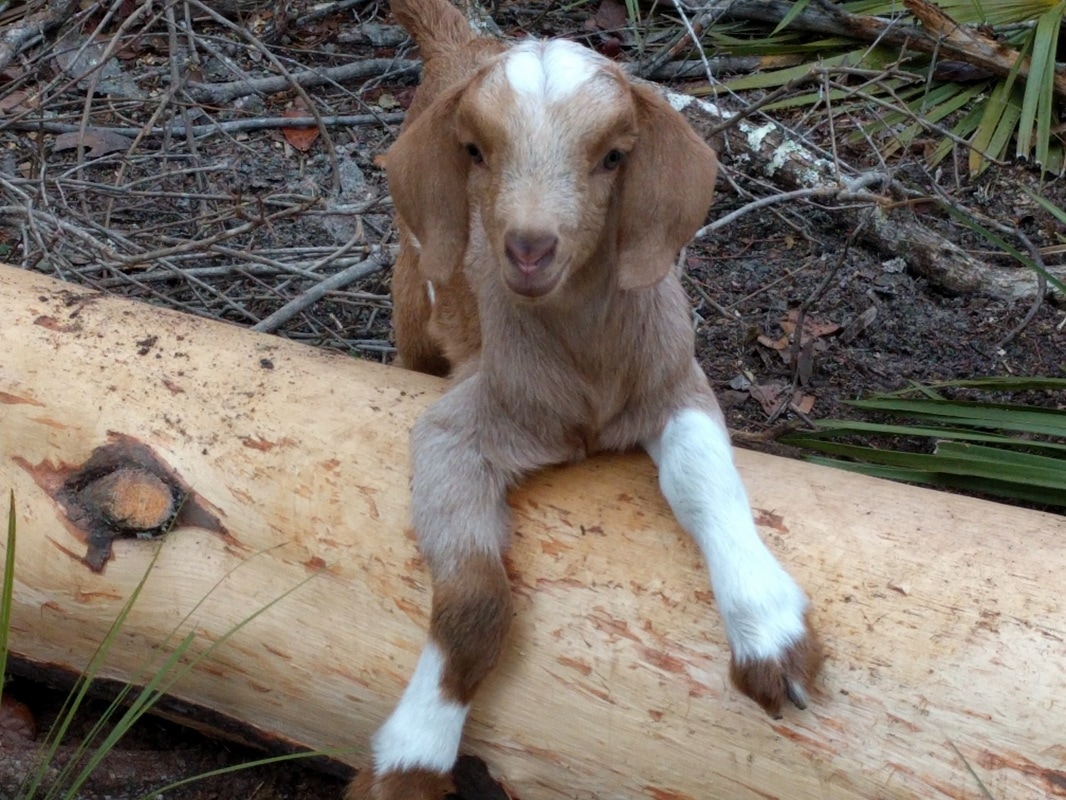
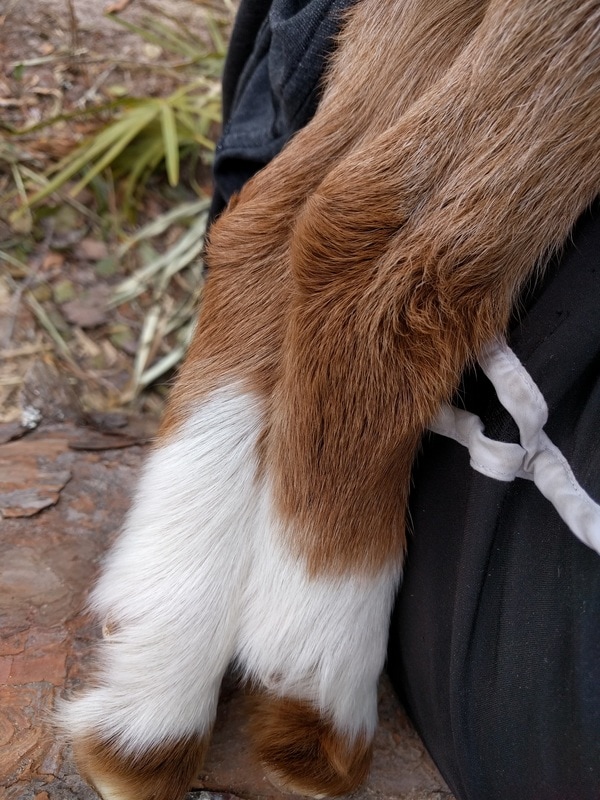
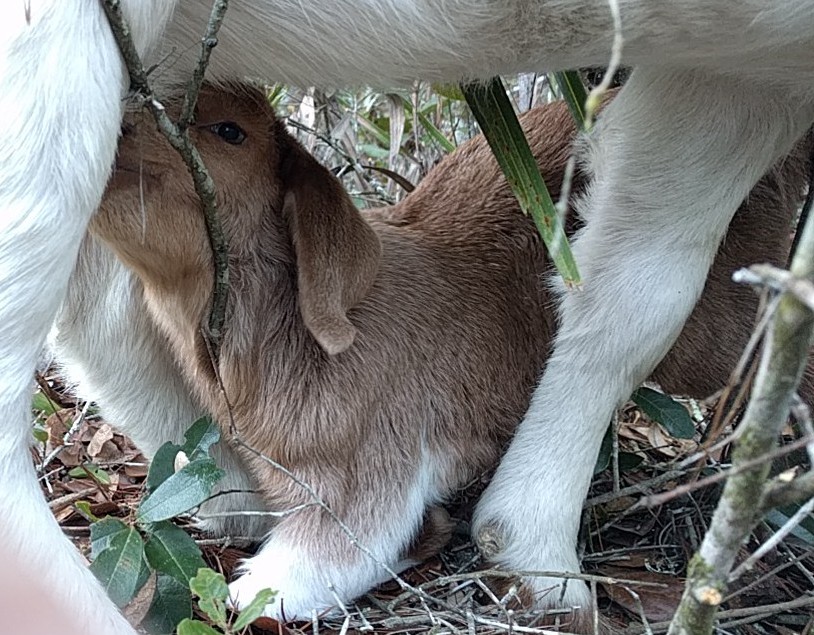
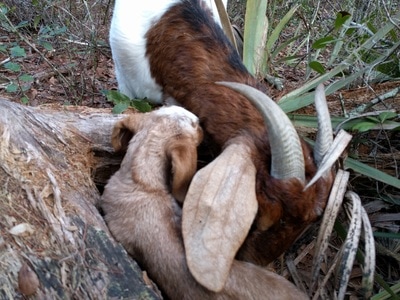
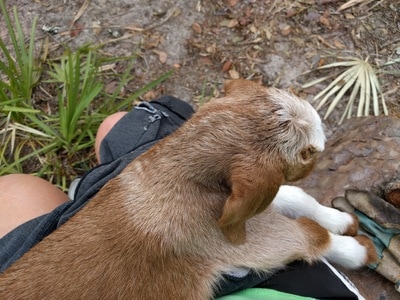
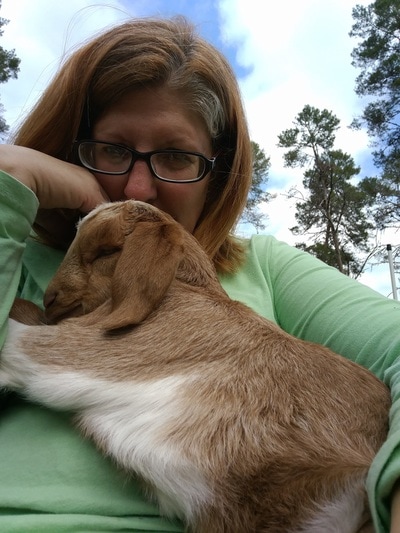
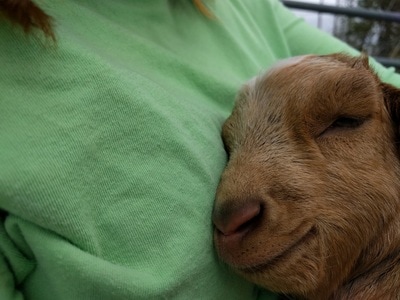
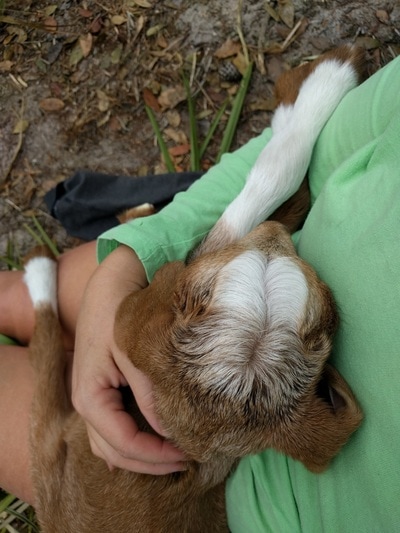
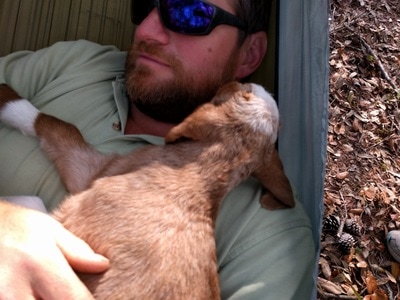
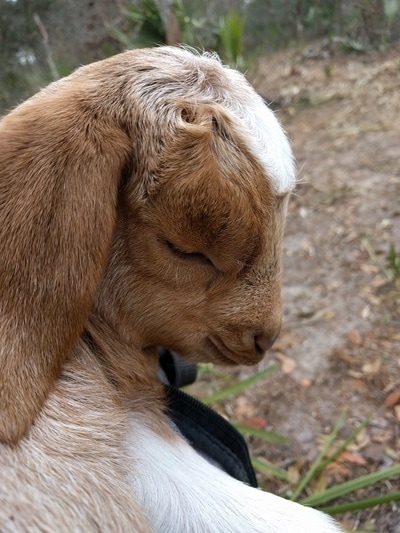
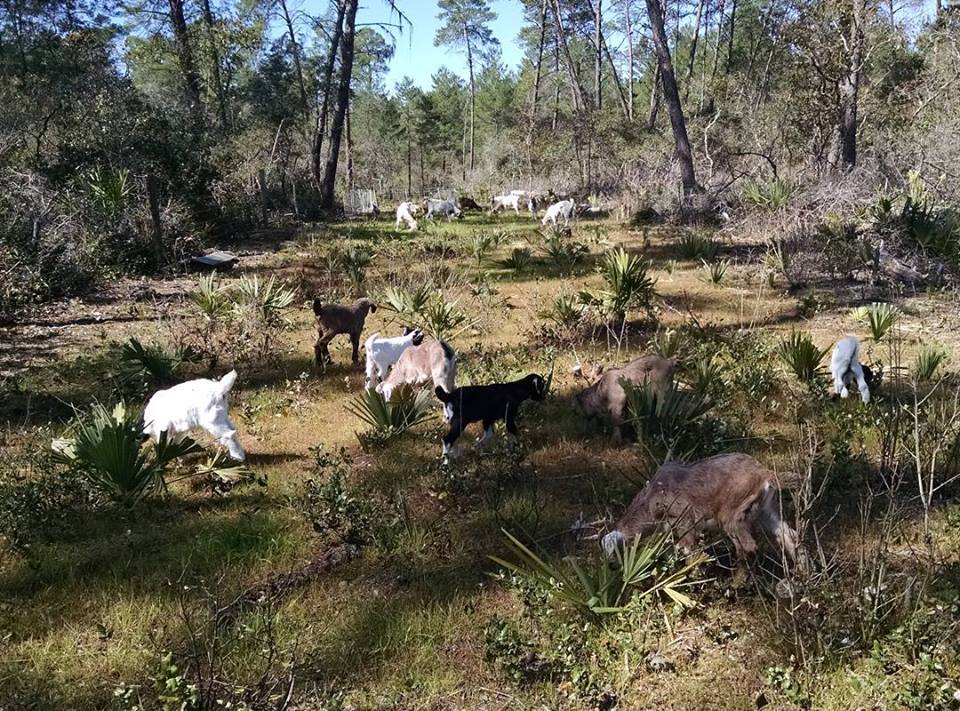
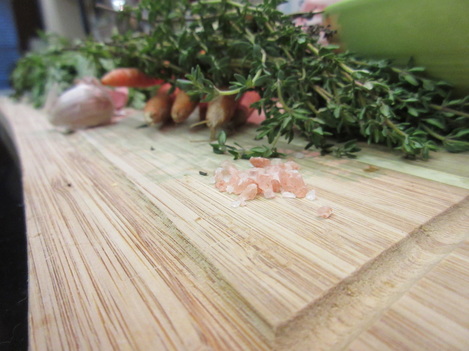
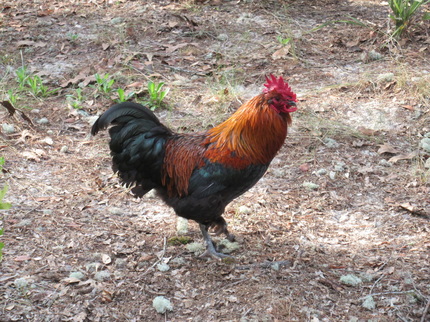
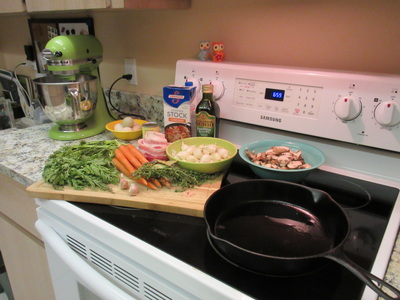
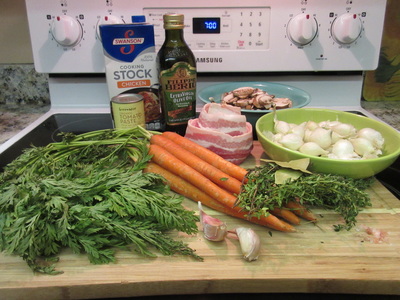
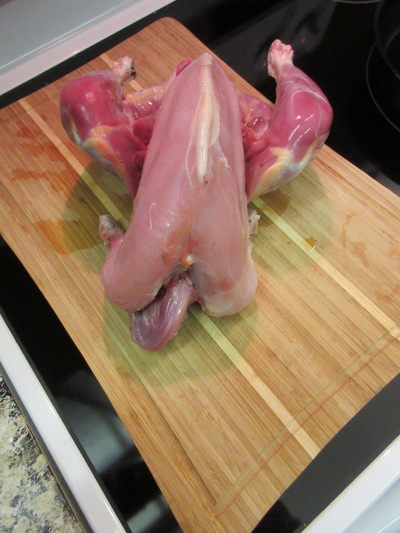
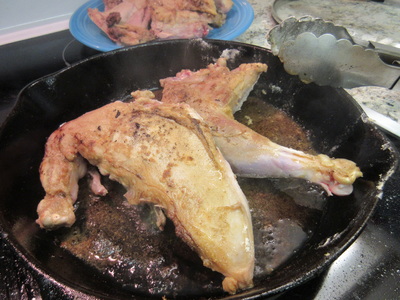
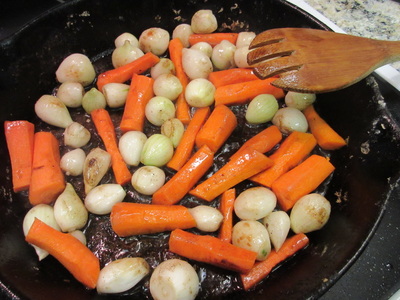
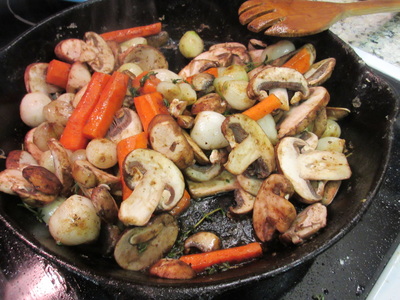
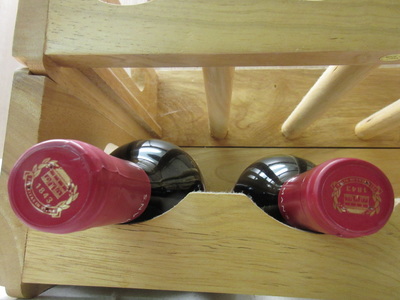
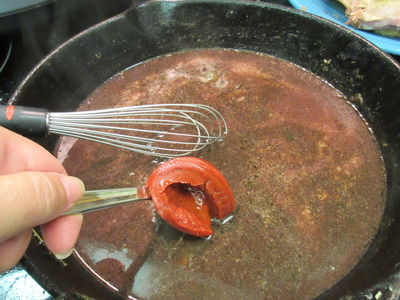
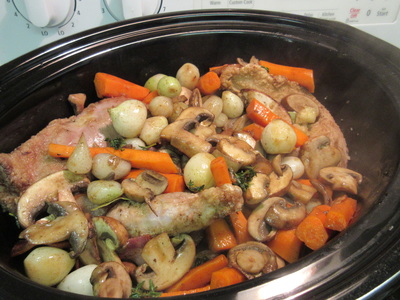
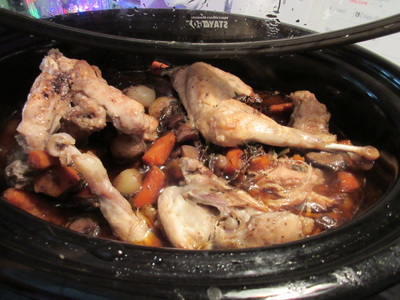
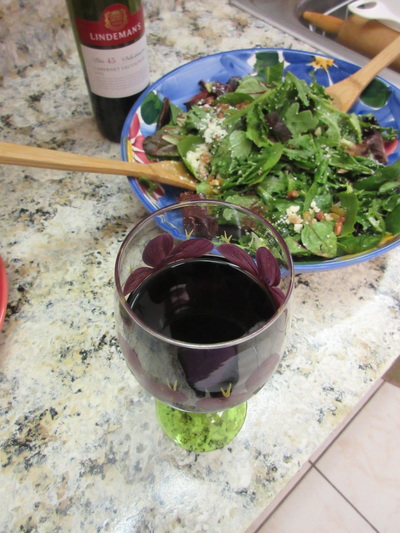
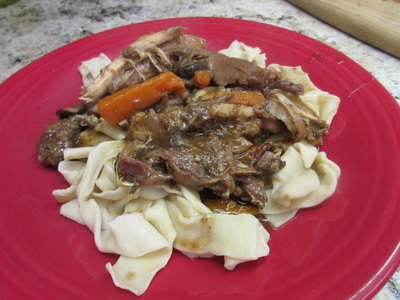
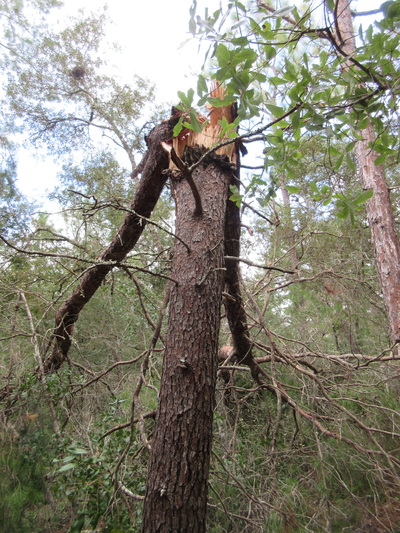
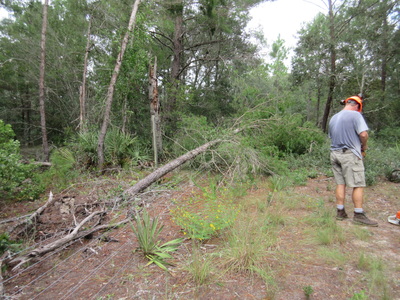
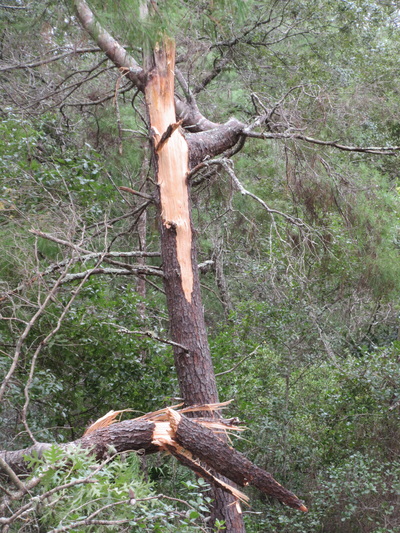
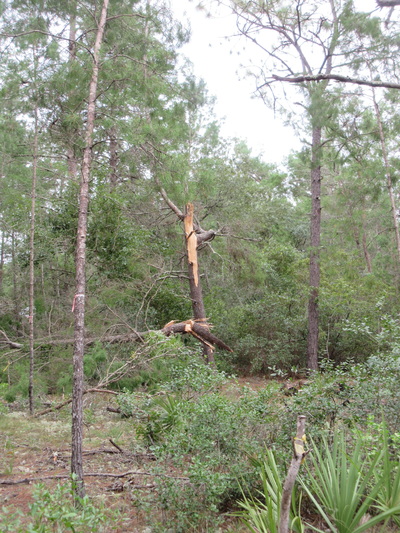
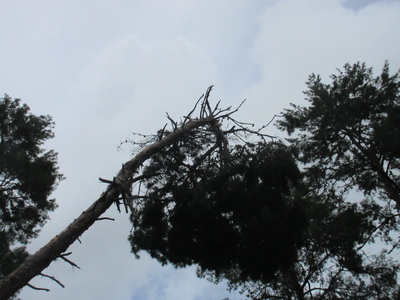
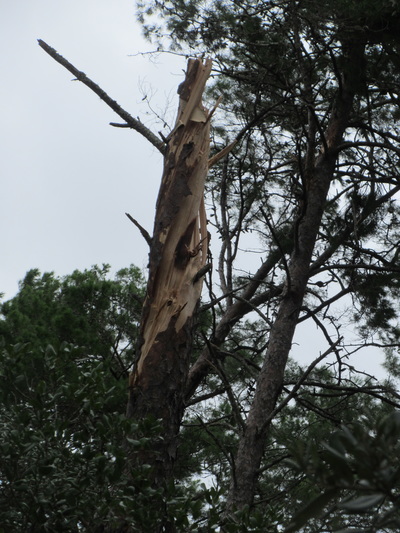
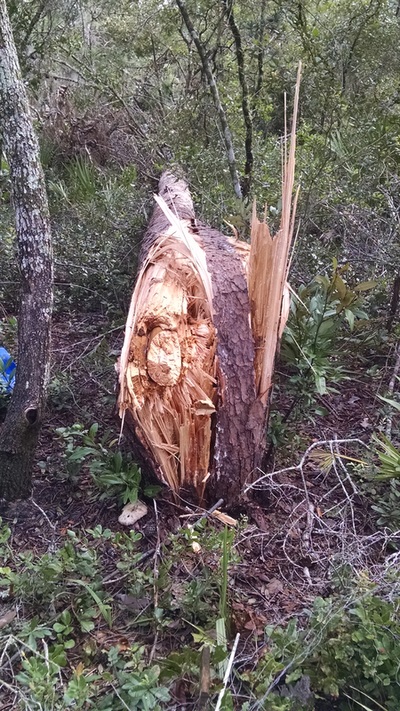
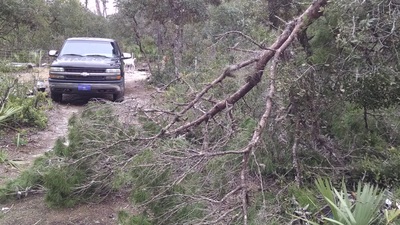
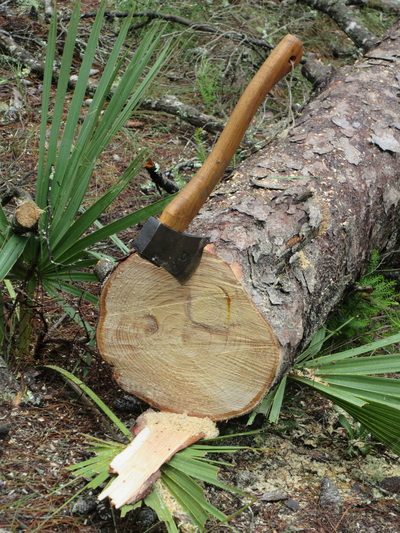
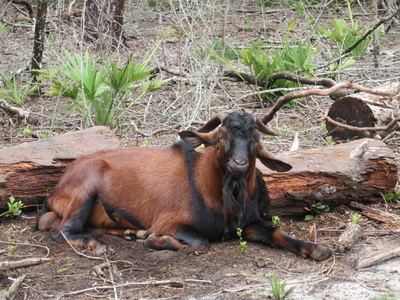
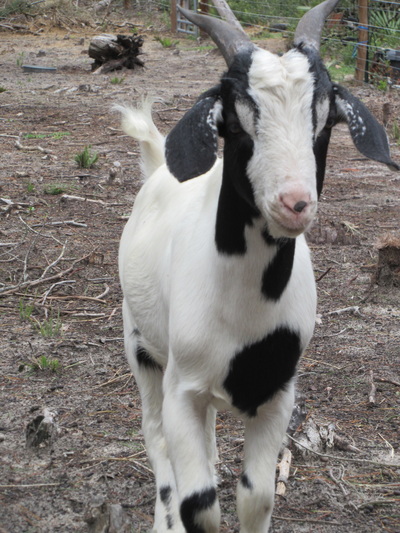
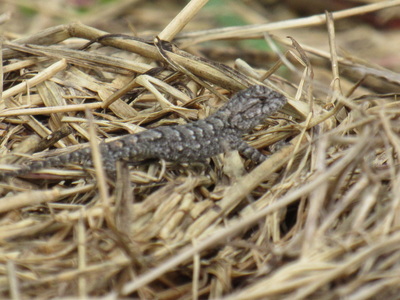
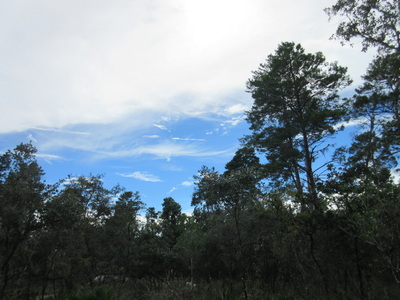
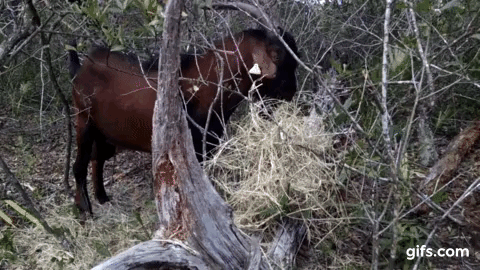
 RSS Feed
RSS Feed
